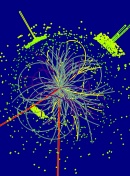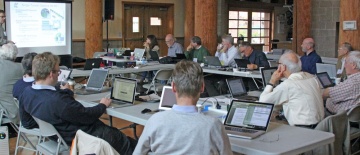Image of the week
Chinese new yearToday, China celebrates the first day of the year of the rabbit. |
In the News
-
From APS NewsFebruary 2011…globally other countries have interests (…) in developing the next generation of accelerator facilities for particle physics. There’s going to be cooperation in trying to leverage the funds globally in order to spend the most wisely in terms of R&D that will position the countries interested in doing this in the future.
-
From CERN Bulletin31 January 2011Project X would use superconducting radio-frequency cavities, a technology Fermilab scientists and their international partners hope to use in future accelerators to succeed the LHC and the Tevatron.
-
From CERN Bulletin31 January 2011If nature is kind to us and the Higgs particle has a mass within the current range of the LHC, we could have enough data in 2011 to see hints (…) Running through 2012 will give us the data needed to turn such hints into discovery.
-
From The Economist31 January 2011In effect, this makes ATLAS and CMS mutually indispensable. Still, neither Dr Lankford nor Dr Tonelli makes any attempt to hide the fact that the race is on and both teams are in it to win.
-
From IHEP25 January 2011EXFEL U48 is the first undulator prototype dedicated to EXFEL and the first super long high-precision undulator developed in China.
-
From Washington Bangla Radio25 January 2011Mega Facilities For Basic Research are supported for internationally important high value projects, at the moment including continued participation in the (…) International Linear Collider Project.
Copyright © 2025 ILC International Development Team




